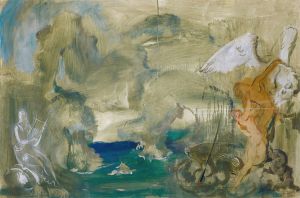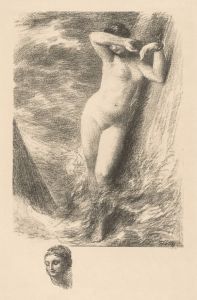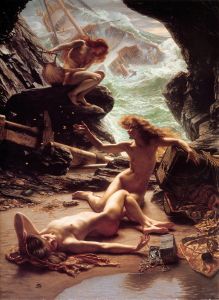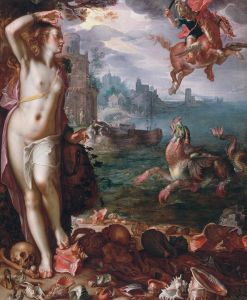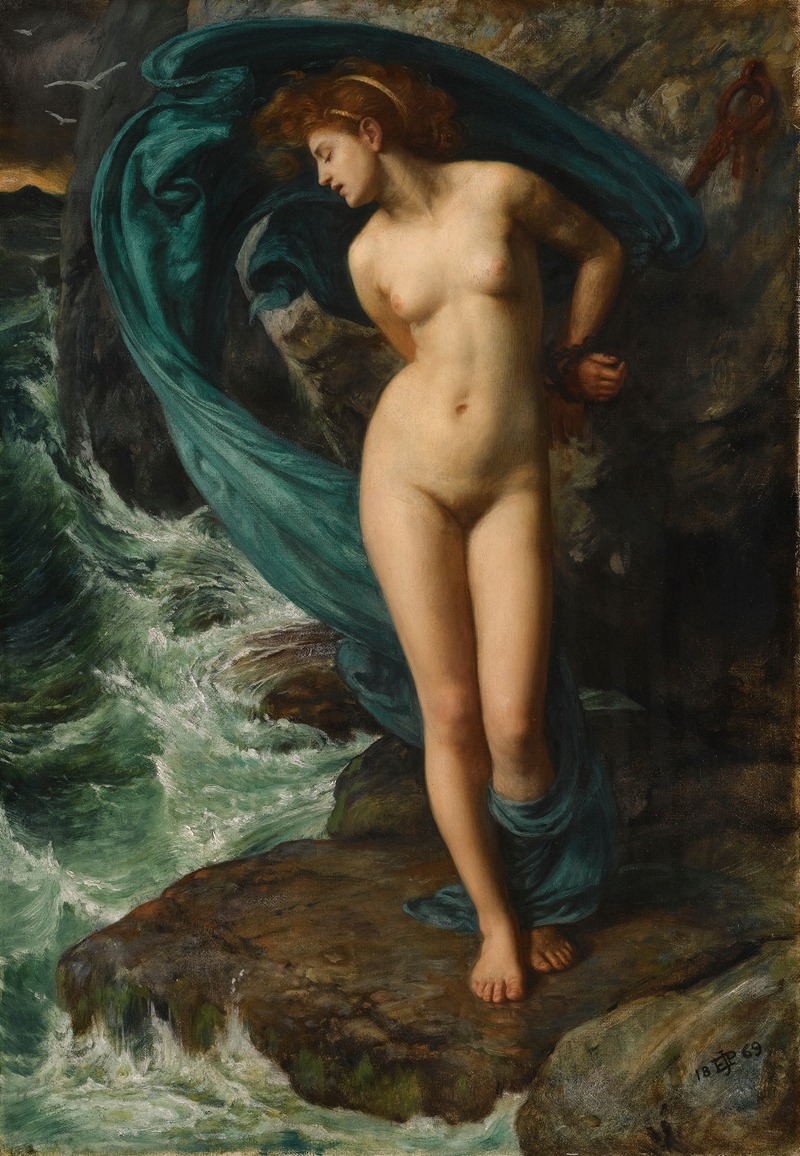
Andromeda
A hand-painted replica of Edward John Poynter’s masterpiece Andromeda, meticulously crafted by professional artists to capture the true essence of the original. Each piece is created with museum-quality canvas and rare mineral pigments, carefully painted by experienced artists with delicate brushstrokes and rich, layered colors to perfectly recreate the texture of the original artwork. Unlike machine-printed reproductions, this hand-painted version brings the painting to life, infused with the artist’s emotions and skill in every stroke. Whether for personal collection or home decoration, it instantly elevates the artistic atmosphere of any space.
Edward John Poynter's painting "Andromeda" is a notable work by the English artist, who was an influential figure in the Victorian art scene. Poynter, born in 1836, was known for his classical themes and meticulous attention to detail, which are evident in this particular painting. "Andromeda" was completed in 1869 and is a fine example of Poynter's skill in depicting mythological subjects with a blend of realism and idealism.
The painting draws its subject from Greek mythology, specifically the story of Andromeda, who was the daughter of Cepheus and Cassiopeia, the king and queen of Aethiopia. According to the myth, Andromeda's mother boasted that her daughter was more beautiful than the Nereids, sea nymphs who were the daughters of the sea god Nereus. This claim of superior beauty angered Poseidon, the god of the sea, who sent a sea monster, Cetus, to ravage the coast of their kingdom as punishment.
To appease the wrathful god and save their land, Andromeda's parents were advised to sacrifice her to the monster. She was thus chained to a rock by the sea as an offering. However, the hero Perseus, returning from his victorious quest to slay Medusa, happened upon Andromeda. Struck by her beauty, he fought and killed the sea monster, rescuing Andromeda and later marrying her.
Poynter's "Andromeda" captures the moment of her vulnerability and impending doom, yet imbues the scene with a sense of serene beauty. The painting is characterized by its classical composition and the artist's attention to anatomical precision and the play of light on the human form. Andromeda is depicted as a solitary figure, chained to the rock, with the turbulent sea as a backdrop, emphasizing her isolation and the peril she faces.
The work reflects Poynter's academic training and his interest in the classical world, which was a common theme among Victorian artists. His use of color and texture in "Andromeda" highlights his ability to convey emotion and drama, drawing the viewer into the narrative of the myth. The painting is also a testament to the Victorian fascination with ancient myths and legends, which were often used as allegories for contemporary themes and issues.
"Andromeda" is part of the collection at the Manchester Art Gallery, where it continues to be appreciated for its artistic merit and its representation of 19th-century interpretations of classical mythology. Poynter's work remains significant in the study of Victorian art, illustrating the era's blend of romanticism and realism, as well as its engagement with historical and mythological subjects.






